| TALES OF HEATH & POND |
VISITOR'S GUEST BOOK | HISTORY OF THE HEATH & POND | GUESTS' PHOTOGRAPHS | SOURCES OF INFORMATION | VIDEOS | SITE MAP |
Magpies
To see a larger copy of each image click on it; to see the next large image click at the right of the image, to go back click on the left of the image. To close a large image click on the cross in the top right hand corner.
New photographs are usually added to the bottom of the page - click to go to the bottom of this page
2021 |
||
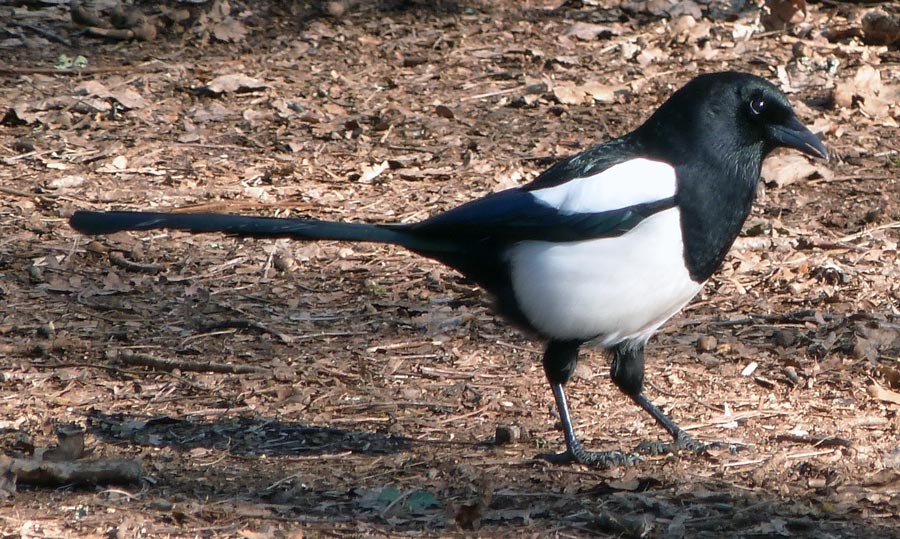 |
||
With its noisy chattering, black-and-white plumage and long tail, there is nothing else quite like the magpie in the UK. When seen close-up its black plumage takes on an altogether more colourful hue with a purplish-blue iridescent sheen to the wing feathers and a green gloss to the tail. Magpies seem to be jacks of all trades - scavengers, predators and pest-destroyers, their challenging, almost arrogant attitude has won them few friends. Non-breeding birds will gather together in flocks. Breeding magpies hold a territory of about five hectares (12 acres) all year round. Because nest sites are limited, between 25 per cent and 60 per cent of magpies in an area do not breed. These non-breeding birds often form flocks with a home range of up to 20 hectares (about 50 acres) and may pair up within the flock. Magpies usually breed from two years old, although some may breed at one year. They build large, domed nests in thorny bushes or high up in tall trees.
|
The female lays on average six greenish-blue eggs, heavily spotted with brown, in April, and incubates them for 18 to 19 days. During this time the male feeds her on the nest. Incubation starts in the middle of the laying period, so the earliest eggs hatch first. Both parents feed the young. If the food supply is poor, the stronger, older nestlings will get all of it. This helps to ensure that at least some of them survive. They fledge after 26 to 30 days, and are fed by the parents for a further four weeks after leaving the nest. The young birds stay in the parents' territory until September or October, when they form loose flocks, feeding and roosting together. During the winter, flocks may join to form large winter roosts. Some breeding birds may also join these roosts. The months following fledging are a dangerous time for young magpies, with a high percentage failing to make it through the first year. If the young birds survive to breed, their average life expectancy is around three years. Some live much longer than this, with the oldest recorded being more than 21 years old. |
|
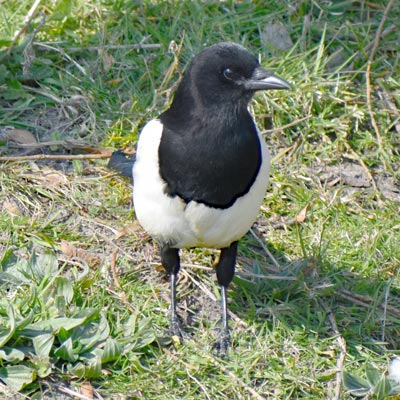 |
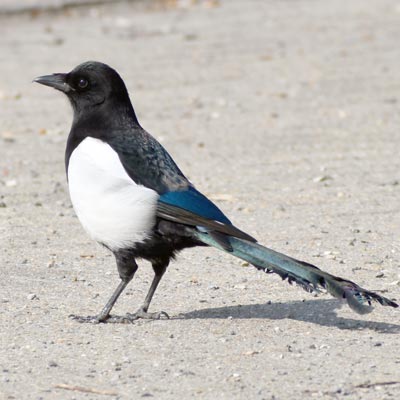 |
|
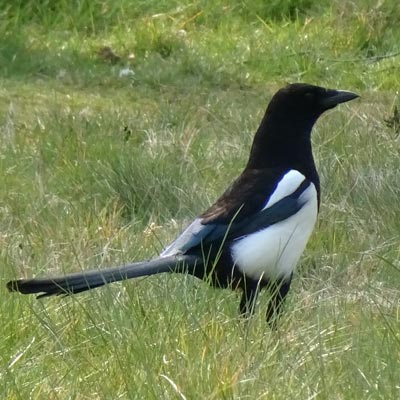 |
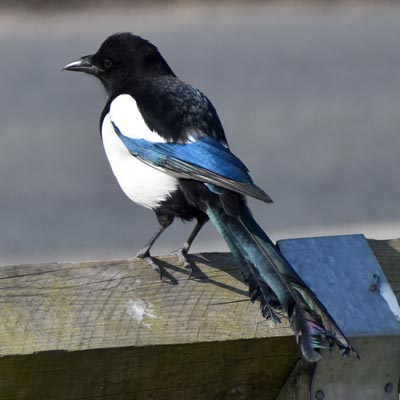 |
|
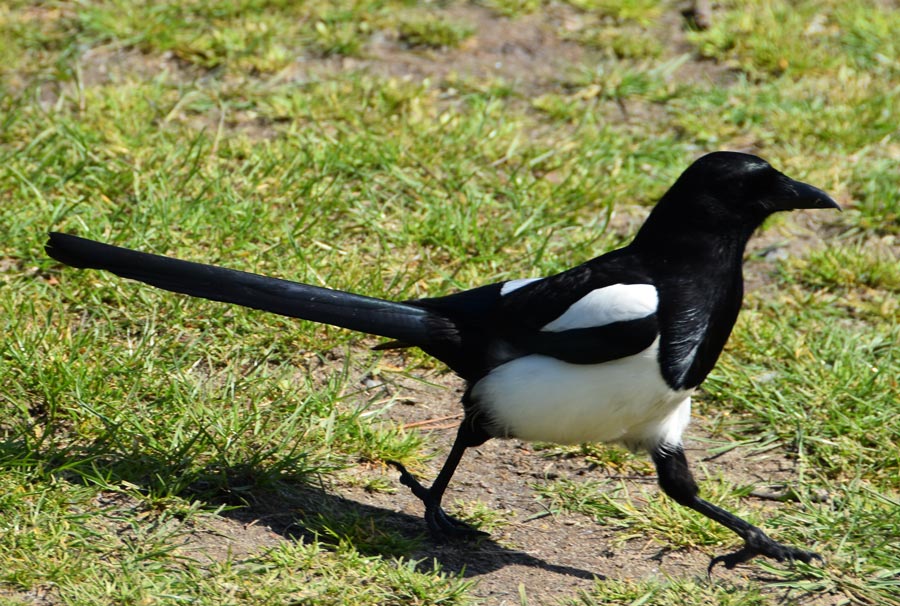 |
||
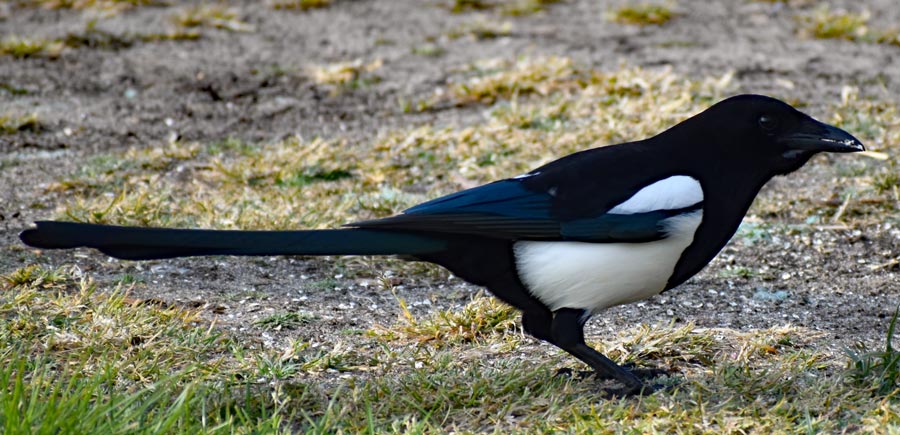 |
||
| Go to the top of this page | ||